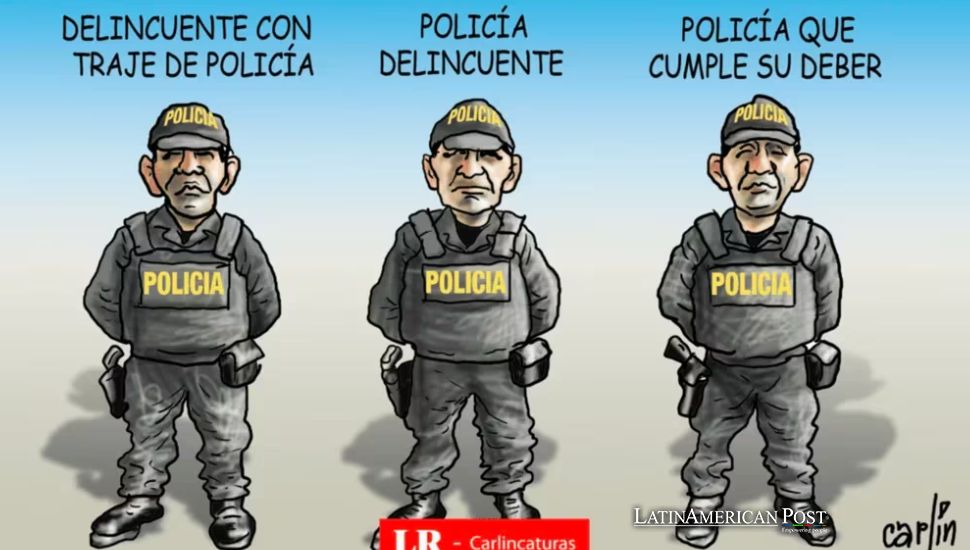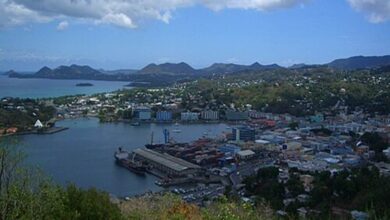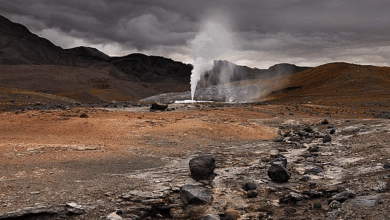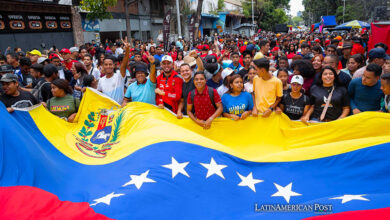Peruvian Press Unions Defend Satire, Condemn Police Legal Action Against Cartoonist

Peru’s press unions criticize the National Police’s legal threats against a cartoonist and a newspaper for a satirical depiction, defending freedom of expression.
Clash of Freedom and Image: Police vs. Cartoonist in Peru
A recent clash between freedom of expression and institutional image in Peru has sparked widespread debate. The National Police of Peru (PNP) announced intentions to take legal action against celebrated cartoonist Carlos Tovar Samanez, known as ‘Carlín,’ and the newspaper La República. This move came in response to a cartoon deemed offensive by the police force, igniting a robust defense from Peruvian press associations.
The National Association of Journalists (ANP) used social media to voice their objections. They highlighted the implicit threat posed by the PNP’s announcement of taking Carlín and La República to court. The controversial cartoon satirizes the conduct of certain PNP members, a form of artistic expression the ANP vehemently defends. They argue that humor and satire are crucial aspects of free speech and opinion, especially in a truly democratic system that should tolerate critical artistic expressions. This stance directly counters the position taken by the police in their recent statement.
IPYS Alert: Threat to Freedom of Expression
Similarly, the Press and Society Institute (IPYS) raised an alert on the same platform, stressing that the police’s announcement to initiate legal proceedings threatens freedom of expression in Peru. This viewpoint reflects growing concerns about the implications of such legal actions on journalistic and artistic liberties in the country.
In their statement released on Tuesday, the PNP expressed their rejection of a cartoon published by La República. The cartoon features three figures dressed as police officers, accompanied by the title “Learn to distinguish them (do not get confused).” Each figure is labeled: “criminal in police uniform,” “delinquent police officer,” and “police officer fulfilling their duty.” The PNP’s response was firm, emphasizing that such publications damage their “institutional image,” a critical legal asset they are keen to protect.
Legal Actions Loom: PNP’s Firm Stance
The police elaborated on their stance, categorically rejecting what they perceived as a ridicule of the police image. They announced that the National Police of Peru, through the Attorney General’s Office under the Ministry of Interior, will commence legal actions against the implicated media outlet and other responsible parties. This move is seen as a direct response to the caricature, which the police view as an affront to their reputation.
Further underlining their position, the PNP assured the public that the police command is implementing necessary strategies to eradicate any actions that contradict the fundamental purpose of the institution. This statement follows various journalistic reports implicating police agents in multiple crimes.
In defense of the caricature, La República responded by emphasizing that Carlín’s work, with its characteristic graphic analysis, reflects recent media reports about the involvement of police elements in criminal activities. The newspaper stands by the cartoon as a legitimate and necessary commentary on current events, highlighting the critical role of satire and freedom of expression in a democratic society.
Broader Tensions: State Institutions vs. Media
The confrontation between the PNP and the press unions in Peru underscores a broader tension between state institutions and the media. It raises critical questions about the limits of artistic expression, the role of satire in public discourse, and the responsibilities of state institutions in responding to criticism. As the situation unfolds, it serves as a pivotal moment for the ongoing discourse around freedom of expression and the balance of power between Peru’s press and government entities.
Also read: Venezuelan Opposition’s Machado Defiant Against Election Ban
This incident has not only sparked a national conversation but also caught the attention of international observers keenly watching how Peru navigates these complex issues. The outcome of this dispute will likely have significant implications for the future of journalistic freedom, artistic expression, and institutional accountability in the country. As debates continue, the core question remains: how can society balance respect for institutional integrity with the fundamental right to free and critical expression?





